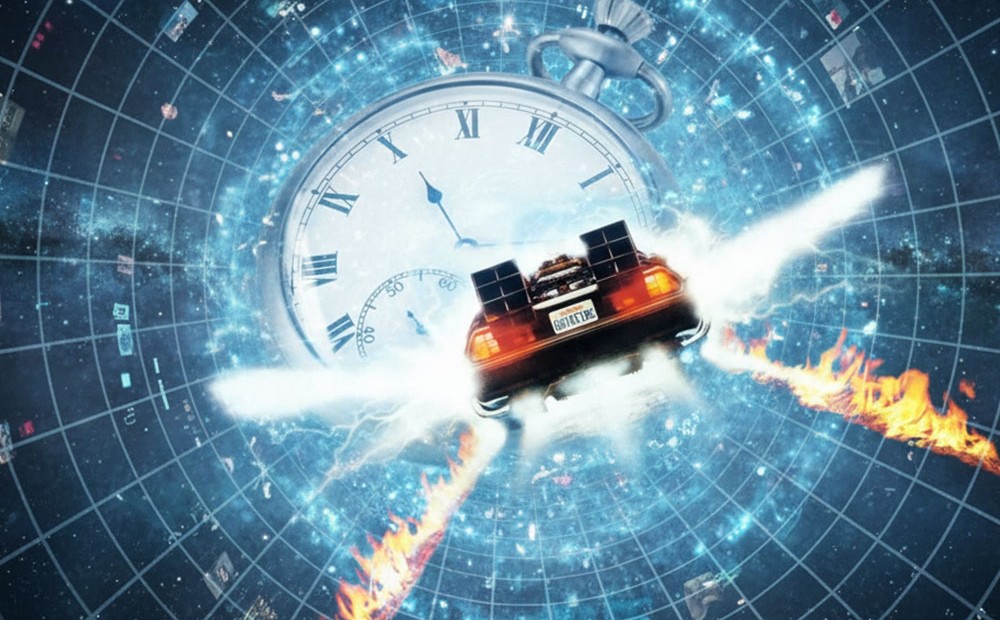Time Travel Is No Longer Fantasy: It's an Engineering Challenge That Requires Negative Energy and Parallel Realities
Time travel is no longer science fiction—it's an engineering problem, says Michio Kaku. In mid-20th-century Princeton, Einstein’s equations hinted at a real possibility: a way to move through time. The obstacles are not purely fictional: wormholes would require negative energy, and we still lack a complete theory that unites gravity with quantum mechanics. Today, the boundary between imagination and engineering feels thinner than ever.

In This Article:
From River of Time to Rotating Mirrors
Einstein pictured time as a river, full of flow and direction. Kurt Gödel, however, showed this river could form whirlpools that carry a traveler backward in time. Decades later, Roy Kerr demonstrated that a rotating black hole collapses into a ring—an immense cosmic mirror that could connect different times as well as places. These ideas fed the concept of wormholes: tunnels through space-time that could, in theory, serve as time machines.

Wormholes and the Energy Barrier
Wormholes are not just math puzzles but energy puzzles. To keep a wormhole open, you would need negative energy—the so‑called exotic matter that some believe appears, in tiny amounts, via the Casimir effect. The practical hurdle is enormous: even if such matter exists, stability and quantum effects could destroy the structure long before any traveler could pass through. And there is no single, complete theory of gravity and quantum mechanics to guide the design.

Kaku's Core Claim: It's Mathematics, Not Magic
Michio Kaku argues the central point is mathematical, not magical. What is missing are technologies that can turn equations into reality. Stability of wormholes, quantum effects that could undermine them, and the lack of a unified theory all keep time travel in the realm of thought experiments. He notes that the classic objections—paradoxes and logical puzzles—are not purely mathematical but conceptual, yet quantum theory offers a possible escape by creating parallel futures instead of destroying a timeline.

Hawking, Skeptics, and the Open Question
Stephen Hawking, who once joked about the absence of future tourists as proof of impossibility, later conceded that physics may allow time travel, albeit possibly impractical. The question remains: if time travel is possible, have we already done it? Could visitors from far future observe our world with the same indifference we show toward an ant hill? Kaku, with his usual irony, reminds us of the wonder behind the facts: “Life without wonders is like a sky without stars. Skeptics see only facts, dreamers see whole worlds. Believe in mysteries, and they will answer you with magic. For the most incredible often lies beyond the realm of the impossible.”

